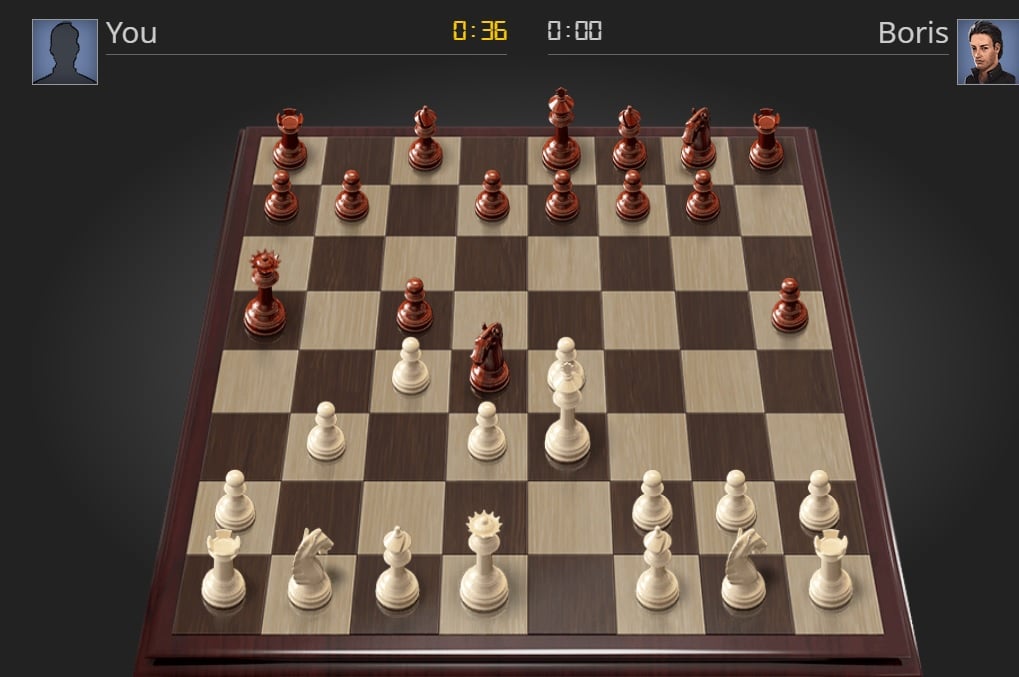

I can provide an example dating back over two decades ago, when I was a youthful and ambitious warrior aspiring to achieve the title of Chess Master. It’s interesting that all this energy is channeled on a playing field that is filled only with thought. It is absolutely necessary to energize this Fighter, because as the brain grows tired from all that hard thought, it is only an intense will-to-win that sustains the concentration required for a 5 hour test of skill.

The Fighter wields the weapons of The Artist and The Scientist and directs them fiercely across the board with his brainpower and will to win. And without question it’s equally true that any aspiring player can use this model as a great vehicle to propel him along the rocky road towards mastery. In my own experience, I have discovered these three archetypes provide a highly insightful model for self-assessment. Having thoughtfully considered the differences between the artist and the scientist, we will add a final archetype called “the fighter.” This third character rounds out the three most fundamental styles of play: “ Artist, Scientist, and Fighter.” This knowledge of his own chess nature is the inspiration which leads the aspiring Master to design an opening repertoire that ensures his opponent ends up playing inside the laboratory he has thoughtfully designed. We can therefore, proclaim to the world that in chess an honest self-appraisal is a good thing, and the chessplayer can echo the words of Shakespeare with confidence, “t o thine own self be true.“ The Chess Master has learned to know himself, which positions he likes most and plays best. That’s because he has a clearer sense of exactly “what he should be looking at.” In fact, some studies have shown that in many positions The Master considers far fewer possibilities than his opponent of lesser skill. The configuration of analysis is deeper, but not as wide. This allows him to build a decision tree more like a picket fence than a thicket. The Scientist prefers positions that contain forcing variations where his opponent has fewer options. The Artist builds thickets of analysis filled with many branches and possibilities that are contained only by the boundaries of his imagination and the latent potential hidden within the position. In his classic dissertation “Think Like a Grandmaster,” Alexander Kotov provides us with two very strong metaphors that describe the two extremes of this spectrum. Since these two archetypes call upon different skills, it is true that the skills and thought processes that each Chess Master invokes are a unique blend determined by his fundamental personality and style of play over the board. The scientist loves positions that reward precision and deep analysis. The Scientist prefers fewer possibilities, and a higher degree of certainty upon the board. Positions which emphasize a player’s artistic temperament, contain a large number of possibilities, resist precise analysis, and require higher levels of assessment skills and abstract positional judgment. That’s because there are many truths contained within a single contest, and each Chess Master interprets the position according to his own psychology, and his own fighting style that has developed over a lifetime of analysis.īoth the art and science of this ancient contest exist simultaneously within all positions, and each element may be emphasized to different degrees, depending upon the exact configuration of pieces upon the board. And yet, at the same time, each Master may be equally correct, based upon his unique interpretation of the truth contained within the position. This is exactly why it often comes to pass that several strong masters study exactly the same position, and each one plays a different move.

At the same time, it is clearly an art form which lends itself to high levels of creative thought and interpretation. Clearly, it is a science, subject to absolute laws which can be classified and studied. We will start by looking at the art and science of chess.


 0 kommentar(er)
0 kommentar(er)
